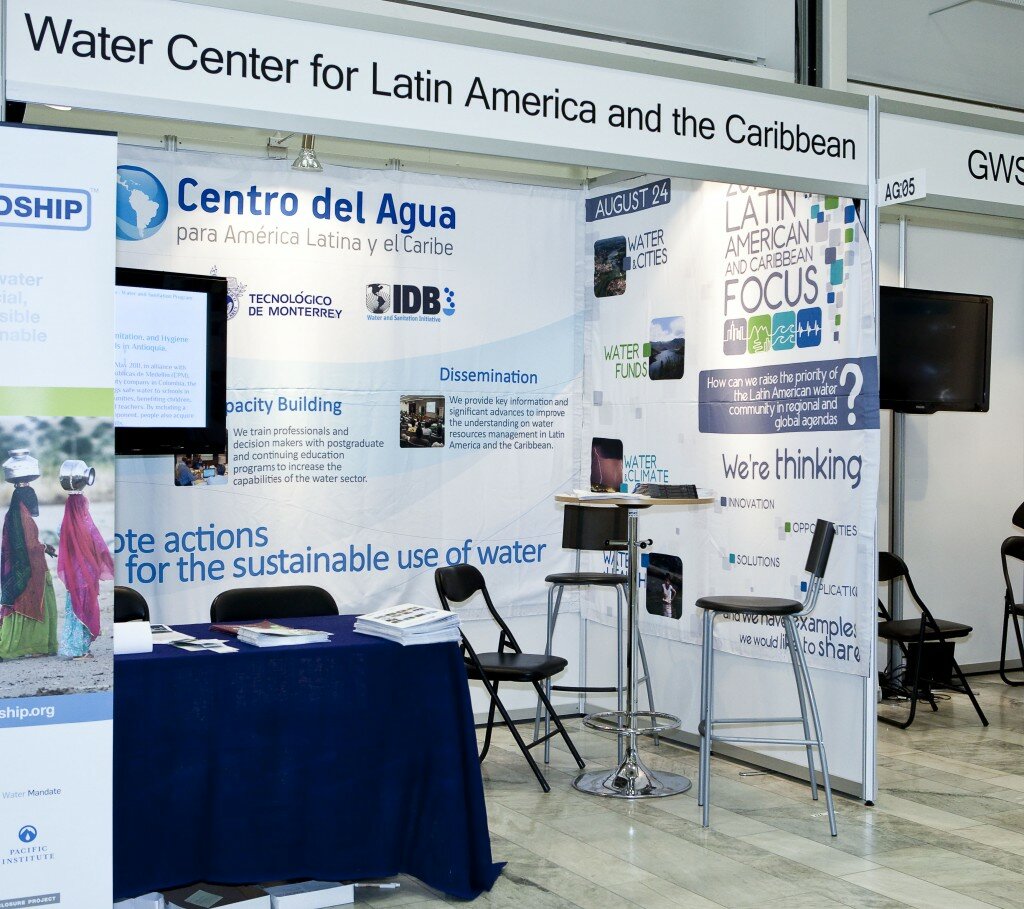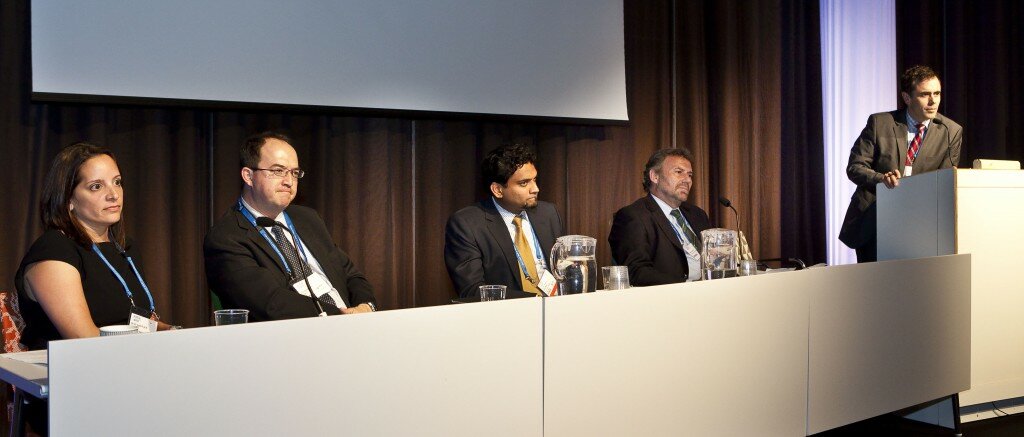World Water Week 2011 took place this past summer August 21 – 26 2011 in Stockholm, Sweden. The Global Network for Neglected Tropical Diseases along with our Latin America and Caribbean water initiative partners — the Inter-American Development Bank (IDB) and FEMSA Foundation — had our very own session during the conference entitled “Focus Latin America and the Caribbean: Fighting Poverty in Latin America: Integrating Water and Health Initiatives.” Panelists convened to take in-depth look at NTDs in Latin America and the Caribbean, and to discuss promising strategies to sustainably reduce the burden of NTDs within the region. Below are photos from the session:

Our booth during the event.

Panelists (from left to right): Ann Kelly, Partner, Global Philanthropy Group and The Global Water Initiative of the Howard G. Buffett Foundation, Vidal Garza Cantú, Director, FEMSA Foundation, Neeraj Mistry, Managing Director, Global Network for Neglected Tropical Diseases, Carlos de Paco, Operations Lead Specialist, Inter-American Development Bank, and Moderator Gian-Carlo Ochoa, Board Member, Charity Water.

Group photo with Global Network Managing Director Dr. Neeraj Mistry and event participants.

